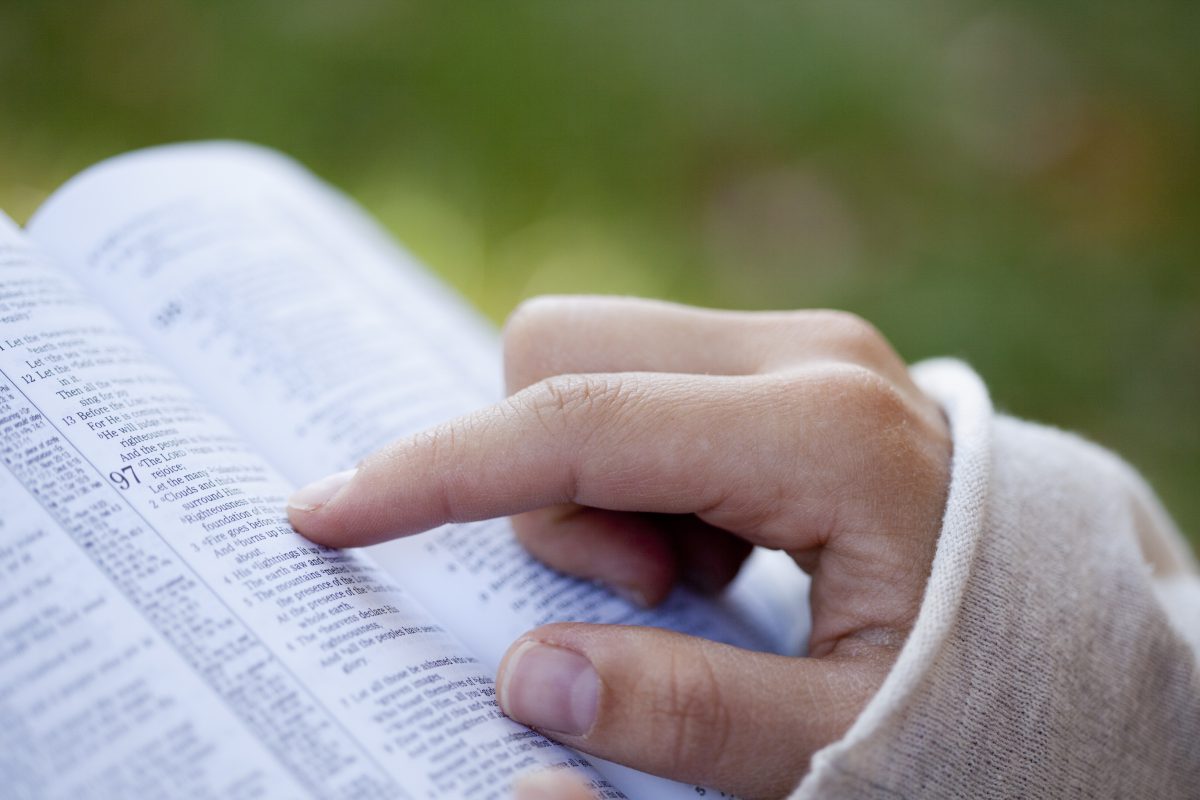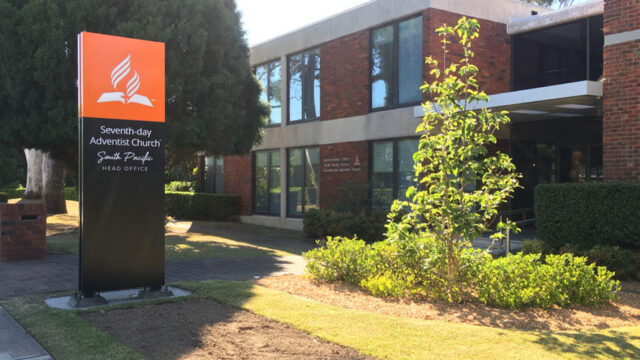In Exodus 20, God appeared to the people of Israel with smoke, earthquakes, thunder, and lightning on top of Mt Sinai. So awesome […]

In Exodus 20, God appeared to the people of Israel with smoke, earthquakes, thunder, and lightning on top of Mt Sinai. So awesome was His presence that people were instructed to prepare and purify themselves for three days beforehand, and fence off the mountain for their own protection.
Newly freed after a 400-year history of brutal slavery, God introduced Himself as “the Lord your God, who rescued you from the land of Egypt, the place of your slavery” (Ex. 20:1[1]). Based on His miraculous rescue and His awe-inspiring presence, God set out basic laws for the new nation, a constitution-like document generally known as the Ten Commandments.
A short time later—as recorded in Exodus 25 through 31—God gave strict and detailed instructions for building a beautiful and holy place of worship that was to reflect God’s majesty in a physical form, and His desire for a closer connection with His people: “Have the people of Israel build me a holy sanctuary so I can live among them” (Ex. 25:8). The plans that followed were precise and ornate, calling for generous giving, skilled craftsmanship, and utmost reverence.
These were two significant and foundational events for this newly redeemed nation, as well as for all who value God’s law and His sanctuary for their significance in God’s great plan for redemption and re-creation. We would expect that what would come between would be similarly profound, occupying the holy ground between these two covenantal pillars.
In everyday living, compassionate action is more important than clean hands with cold hearts.
It is profound, but in a way that might seem surprising. As Abraham Joshua Heschel comments regarding the burden of the later Hebrew prophets, “Instead of showing us a way through the elegant mansions of the mind, the prophets take us to the slums.”[2]
Consider the section headings in Exodus 21–23 in my Bible as a quick overview: “Fair Treatment of Slaves”; “Cases of Personal Injury”; “Protection of Property”; “Social Responsibility”; “A Call for Justice.” It is a plan for a just ordering of society, with a particularly bent toward respecting those who are poor, those who are injured, slaves, and outsiders.
Bookended by the terrifying grandeur of the mountaintop and the purity and beauty of the sanctuary are surprisingly down-to-earth, practical, just, and inclusive instructions for living well as God’s people. In everyday living, it seems that compassionate action is more important than clean hands with cold hearts.
This pattern is continued throughout the many chapters of laws and regulations to come: “Even in the midst of the Priestly writings and Holiness Code with their concern for purity and avoidance of pollution, the alien is to be treated with justice, and moreover, the alien is to be loved.”[3]
As detailed in this biblical blueprint, the purity of God is always interwoven with both justice and generosity. As Ellen White observed, “There is nothing, after their recognition of the claims of God, that more distinguishes the laws given by Moses than the liberal, tender, and hospitable spirit enjoined toward the poor. Although God had promised greatly to bless His people, it was not His design that poverty should be wholly unknown among them. He declared that the poor should never cease out of the land. There would ever be those among His people who would call into exercise their sympathy, tenderness, and benevolence. Then, as now, persons were subject to misfortune, sickness, and loss of property; yet so long as they followed the instruction given by God, there were no beggars among them, neither any who suffered for food.”[4]
As far as the Commandments and the Sanctuary were the defining pillars of God’s relationship with His people, they were to live in the space between. Theirs was not to be a frightened reverence or pietistic purity but a practical holiness. They were to love their neighbors, treat their fellow human beings fairly, or even better than would be expected, feed those who were hungry, and welcome strangers and foreigners. That’s how God defined holiness for His people—then and now.
[1] Scripture quotations in this article are taken from the Holy Bible, New Living Translation, copyright ã 1996, 2004, 2007 by Tyndale House Foundation. Used by permission of Tyndale House Publishers, Inc., Carol Stream, Illinois 60188. All rights reserved.
[2] Abraham Joshua Heschel, The Prophets, Harper Perennial, 2001 edition, p. 3.
[3] Lee Griffith, The War on Terrorism and the Terror of God, William B Eerdmans Publishing, 2002, p. 73.
[4] Ellen G White, Patriarchs and Prophets, pp. 530, 531.








